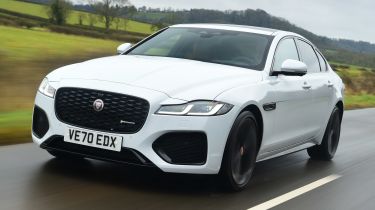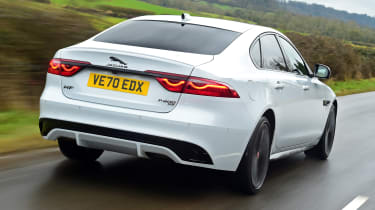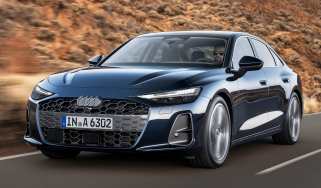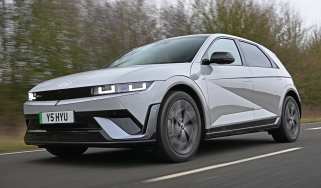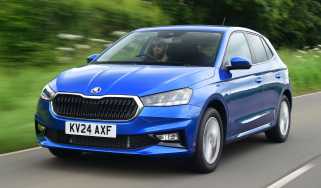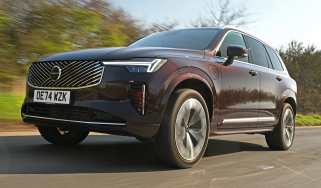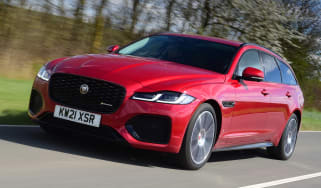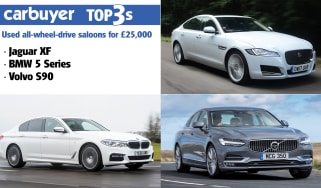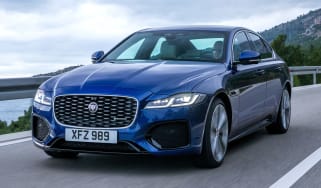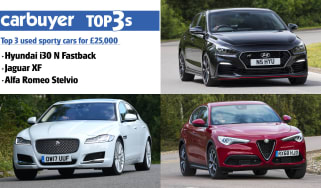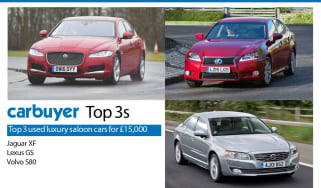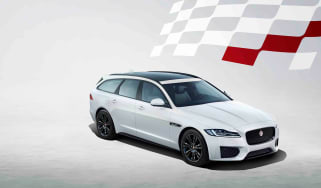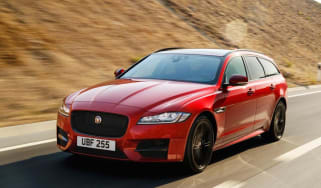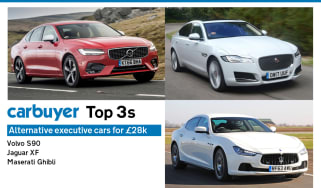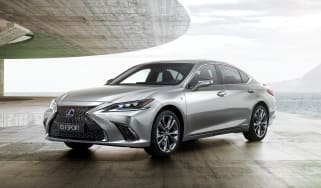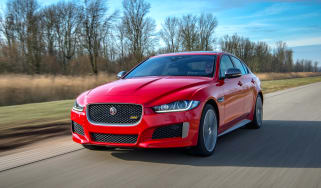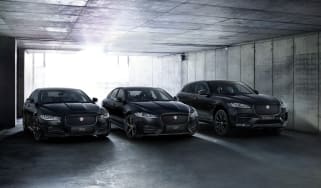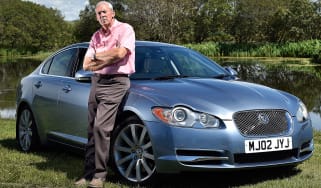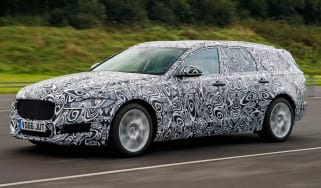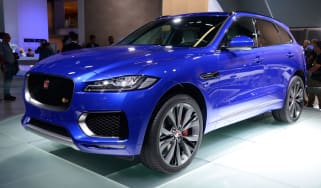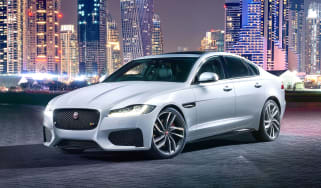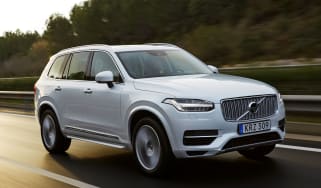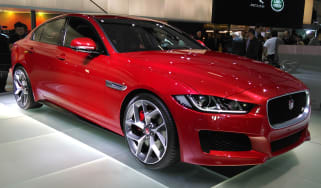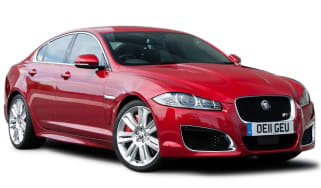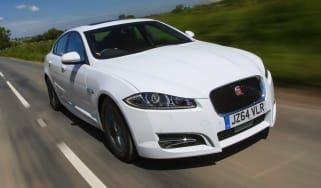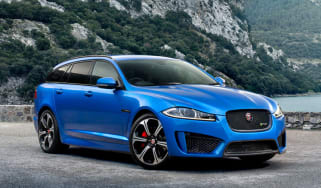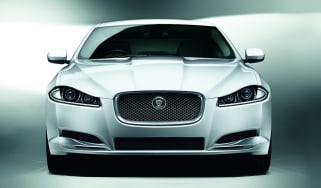Jaguar XF saloon review (2015-2024)
“The Jaguar XF is a stylish, spacious and efficient executive car, with up-to-date tech and a sporty driving character”
Pros
- Plenty of space inside
- Fantastic to look at
- Great to drive
Cons
- Pricey options
- Beginning to show its age
- Some versions are expensive
Verdict – is the Jaguar XF a good car?
It may have been an impressive, stylish car when it debuted in 2015, but in 2023 the Jaguar XF is starting to feel a little outdated compared with rivals. Nowhere does this show more than in its lack of a plug-in hybrid option, which holds it back in the company-car market as diesel continues to fall out of favour. Still, if you’re not put off by its CO2 emissions, the XF is great to drive, comfortable and refined.
Jaguar XF range, specs and alternatives
The Jaguar XF, launched in 2015, took on the mantle from the first-generation model launched in 2007. That car pulled Jaguar into the 21st century, rejecting the classic design language that had characterised the brand’s models since the fifties by replacing round headlights with sleek fastback looks and an aggressive new grille.
It was exactly what the marque needed and gave Jaguar a credible rival to German cars like the Audi A6, BMW 5 Series and Mercedes E-Class, as well as models from further afield like the Lexus GS. The newer Jaguar XF faces the latest iterations of all these models, and does so with improved efficiency, up-to-date infotainment and build quality that has taken a step up, too. Its looks have only been given a subtle refresh but it now features narrow LED headlights with 'double J' running lights, a new grille and a sharper bumper design.
More reviews
The engine range has been modernised as well, with 2.0-litre petrols offering 247bhp or 296bhp in the P250 and P300 models. The popular 2.0-litre turbodiesel now comes in a single 201bhp D200 guise with rear-wheel drive and the addition of mild-hybrid technology. These all have four cylinders and a 3.0-litre six-cylinder or supercharged version of either fuel type is currently not offered.
For a large executive car, the XF can be economical, with up to 57.2mpg claimed for the entry-level diesel along with some models benefitting from a reasonably low Benefit-in-Kind (BiK) tax band for company-car drivers, although its rivals all offer hybrid engines with lower BiK costs. Petrol models aren’t as affordable to run but hold appeal for those who enjoy driving.
The eye-catching circular gear selector that rose from the console may have helped put the XF on the map but it's now been replaced by a stubby lever, clad in leather and metal, that's more satisfying to operate. You might also notice there’s more space for front and rear occupants this time round.
On-board technology is impressive, too, with Jaguar’s 11.4-inch Pivi Pro infotainment system replacing Touch Pro Duo as part of the facelift, and controlling navigation and entertainment features.
There really is no such thing as a ‘basic’ XF and all models are now offered in sporty-looking R-Dynamic trim with aggressive bumpers, side skirts and a discreet spoiler. Buyers can also specify S, SE and HSE equipment grades, and even the entry-level R-Dynamic S has leather electrically adjustable and heated seats, dual-zone climate control and ambient cabin lighting together with convenience features like cruise control, a 3D surround camera, and automatic headlights and wipers. All models get the 11.4 Pivi Pro touchscreen too.
Move up to R-Dynamic SE and you get power-folding mirrors, animated front indicators and bigger, 19-inch alloys. Inside there are more adjustable seats with memory positions, an interactive driver display, keyless entry and extra safety systems. The range-topping R-Dynamic HSE has 20-inch alloys, a Meridian sound system, and adaptive cruise control with steering assist and blind spot assist.
When evaluated by independent crash-test body Euro NCAP in 2015, the XF achieved a five-star score, improving on the previous model despite the test getting tougher. The XF now has autonomous emergency braking, using a forward-facing radar to anticipate collisions and automatically brake if necessary. If you brake hard, the XF will also help by applying maximum braking force.
Jaguar has built one of its best-ever cars with the XF, taking care of many of the shortcomings of the old car in the process. As well as being more spacious and featuring better infotainment technology, it's also just as handsome and enjoyable to drive as ever.

